Client: Marozzi’s Pizzeria Pepsi Collaboration
High Point, NC
Project Overview:
This project involved redesigning the menu for Marozzi’s Pizzeria, leveraging principles of menu engineering and incorporating data from eye-tracking studies to optimize item placement, visual presentation, and overall user experience. The goal was to create a menu that was not only aesthetically pleasing but also strategically designed to guide customer choices and increase sales of specific, high-profit items. The project utilized The Eye Tribe eye tracker, a pioneering, affordable gaze tracking device. Recognizing the potential marketing value of the redesigned menu, I was able to secure funding contributions from both Pepsi and Peroni, who received branding placement on the back of the menu in exchange for their support. This strategic partnership helped to significantly offset the costs of the redesign and research phase.
Challenge:
Marozzi’s Pizzeria sought to improve their menu’s effectiveness, both in terms of customer experience and profitability. The existing menu was cluttered and lacked a clear visual hierarchy, making it difficult for customers to navigate and find what they were looking for. The challenge was to move beyond guesswork and intuition, applying a data-driven approach to menu design, informed by both established best practices and objective data on customer visual attention.
Solution:
The solution combined a deep dive into menu engineering principles with cutting-edge eye-tracking technology to create a data-driven and optimized menu design.
Understanding the Science of Menu Design:
Before redesigning the menu, I immersed myself in the field of menu engineering, consulting multiple resources on restaurant menu design and psychology. This research revealed several key principles:
- The Golden Triangle (and other patterns): Most customers don’t read menus sequentially like a book. Instead, their eyes tend to follow predictable patterns, focusing first on specific areas of the menu. A common pattern is the “Golden Triangle,” where the eyes initially focus on the upper right corner, then move to the upper left, and finally down to the bottom right. Other patterns, such as scanning for keywords or images, also exist.
- Strategic Item Placement: High-profit and popular items should be strategically placed within these high-attention areas to maximize their visibility.
- Visual Cues: Boxes, borders, highlighting, icons, and strategically placed photographs can be used to draw attention to specific dishes and guide the customer’s eye.
- The Power of Description: Evocative and descriptive language can make dishes sound more appealing and influence customer choices.
- Pricing Psychology: Subtle techniques, such as removing dollar signs (e.g., “12” instead of “$12.00”) and using “anchor prices” (placing a more expensive item near a target item), can influence perceived value and purchasing decisions.
- Limiting Choice: Offering too many options can overwhelm customers. A well-designed menu presents a curated selection, guiding customers towards profitable choices.
Eye-Tracking: Seeing Through the Customer’s Eyes
To gather objective data on how customers actually read menus, I utilized The Eye Tribe eye tracker, a (then) relatively new and affordable eye-tracking device. This technology, combined with specialized eye-tracking software, allowed me to:
- Record Eye Movements: Track the precise movements of participants’ eyes as they viewed different menu designs.
- Identify Fixation Points: Determine where participants’ eyes lingered, indicating areas of high visual interest.
- Generate Heatmaps: Create visual representations of attention distribution, highlighting areas of the menu that received the most (and least) visual focus.
- Analyze Gaze Plots: Understand the sequence of eye movements, revealing how customers navigated the menu.
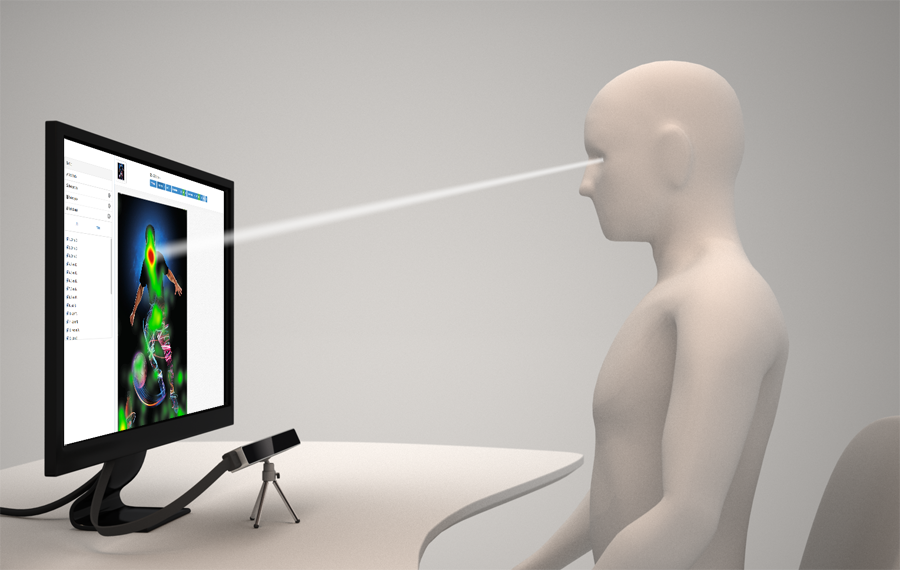
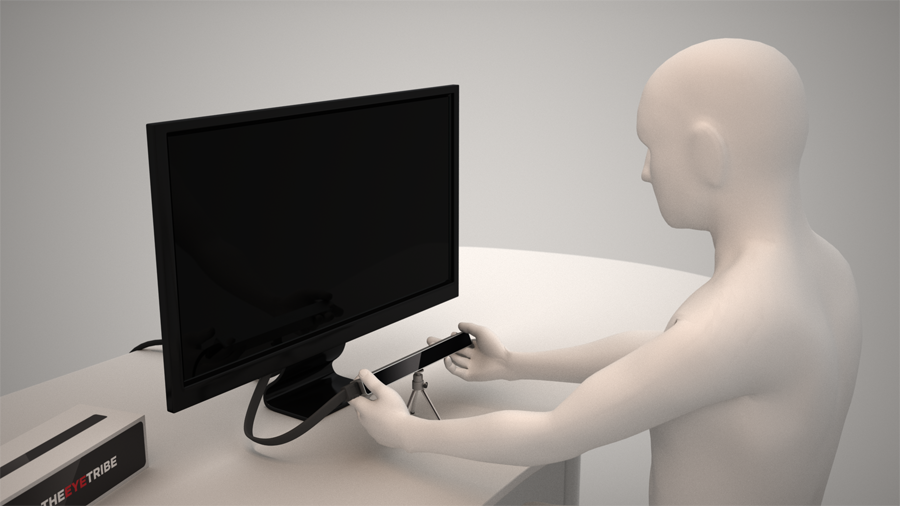
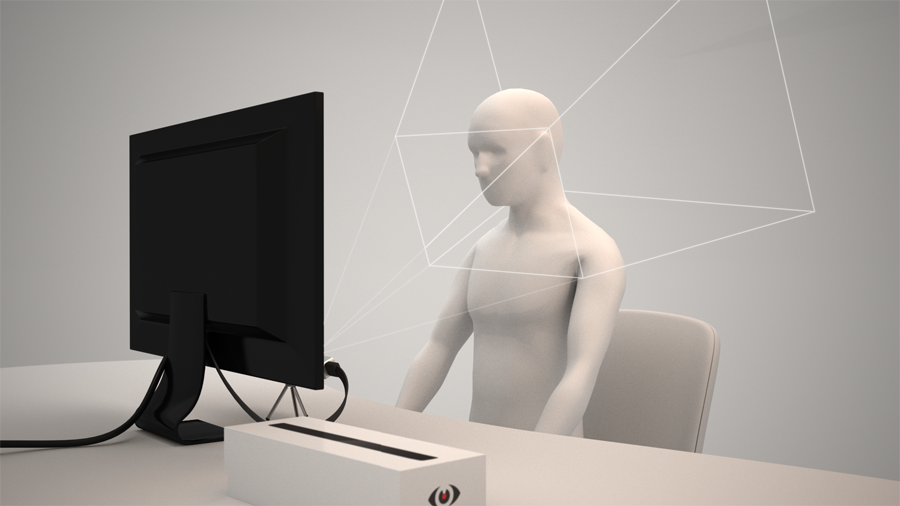
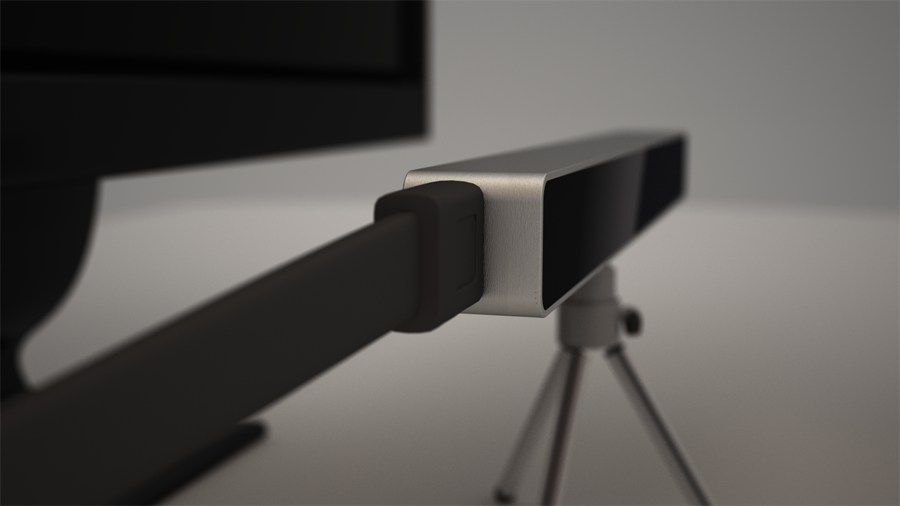
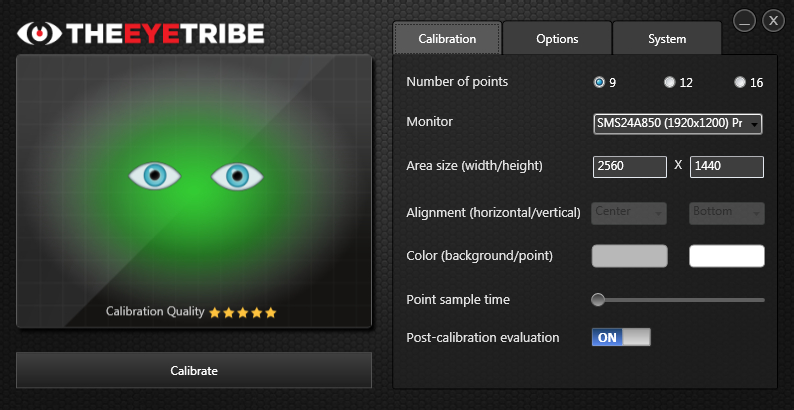
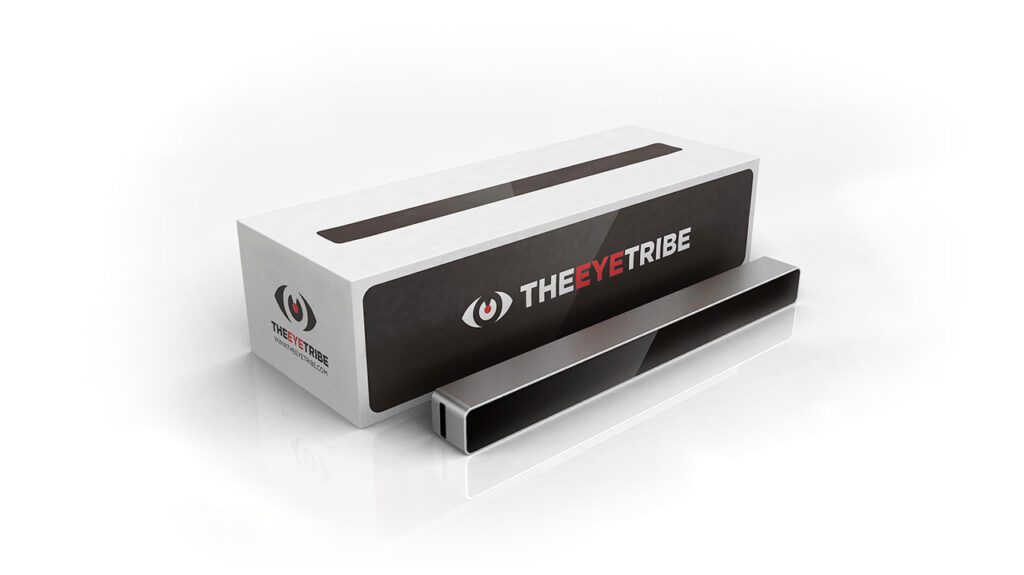
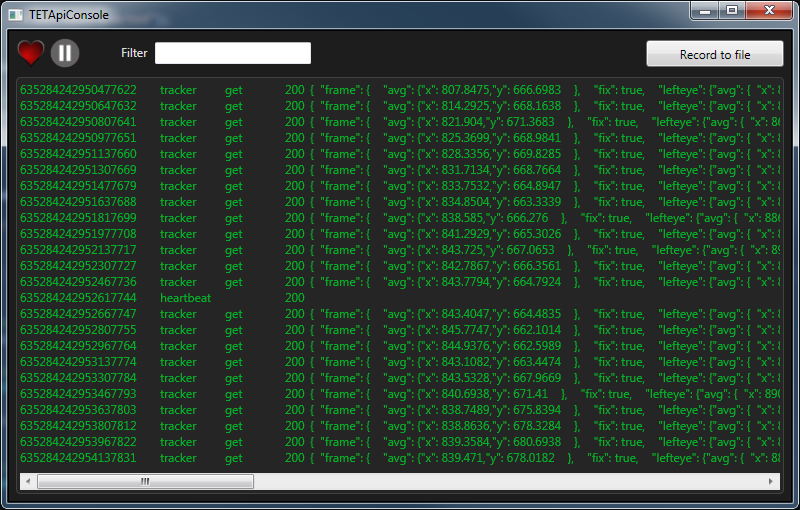
Analyzing the Original Menu with Eye-Tracking:
Eye-tracking analysis of the original Marozzi’s menu confirmed several weaknesses. The heatmap revealed a scattered distribution of attention, with no clear focal points guiding the customer’s eye. The gaze plot showed an erratic and inefficient scanning pattern, indicating that customers were struggling to find information.
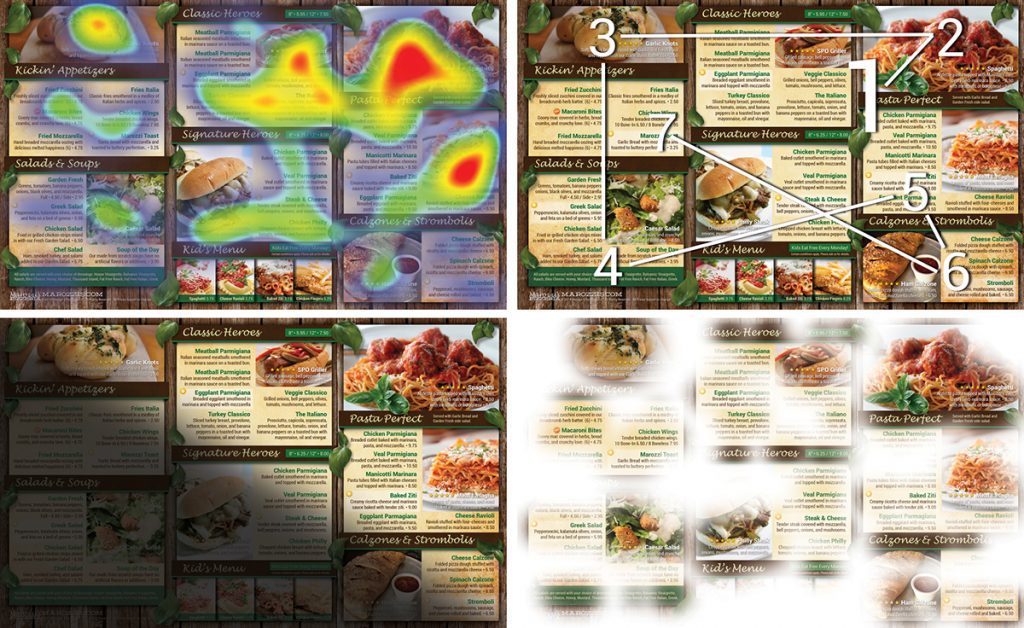
The Marozzi’s Menu Redesign:
Based on the research, the eye-tracking data, and established menu engineering principles, the Marozzi’s menu was completely redesigned.
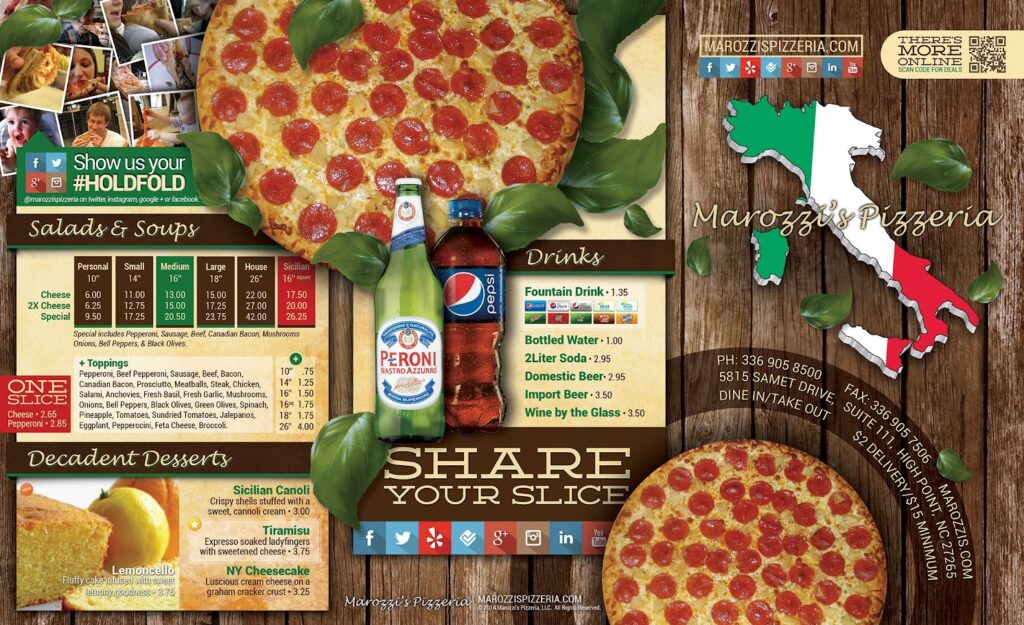
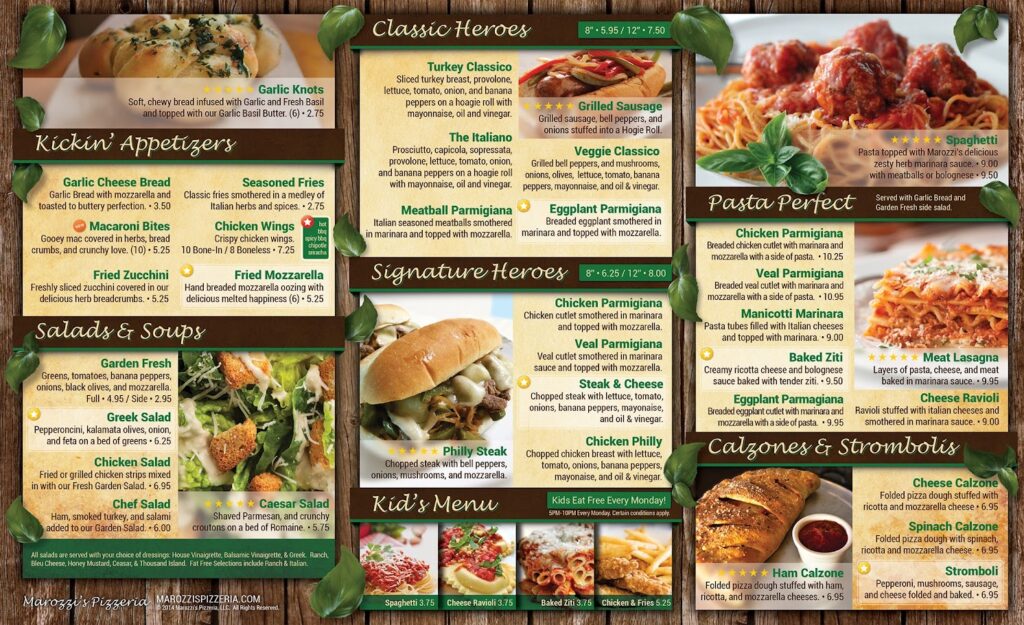
Key changes included:
- Layout and Structure: A three-column layout was adopted, providing a clearer structure and facilitating easier scanning. Sections were clearly defined with bold headings and borders.
- Strategic Item Placement: High-profit items, such as the garlic knots, were strategically placed in areas identified by eye-tracking research (and menu engineering principles) as having high visual prominence (e.g., the top right corner of a section).
- Visual Hierarchy: A clear visual hierarchy was established, using font size, weight, color, and visual cues (boxes, borders) to guide the customer’s eye and highlight key items.
- Appetizing Photography: Larger, higher-quality photographs of selected dishes were strategically incorporated to increase their appeal.
- Pricing Presentation: [Describe any specific changes to pricing – did you remove dollar signs, use anchor pricing, etc.?]
- Descriptive Language: Menu item descriptions were reviewed and potentially rewritten to be more appealing and informative.
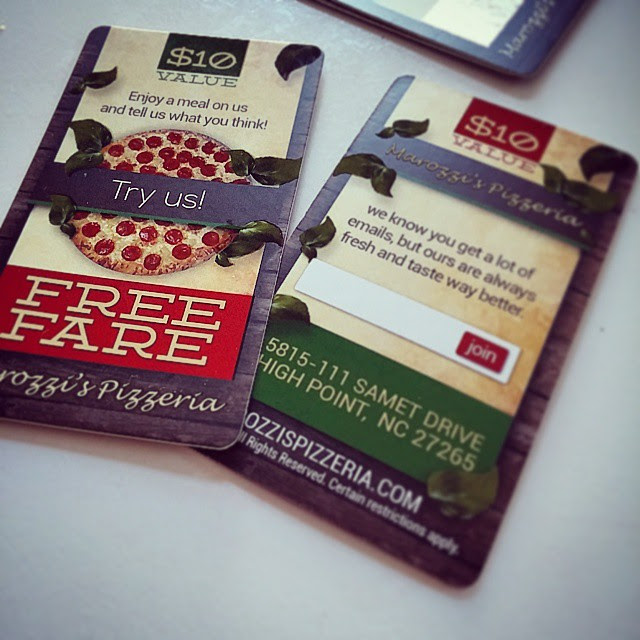
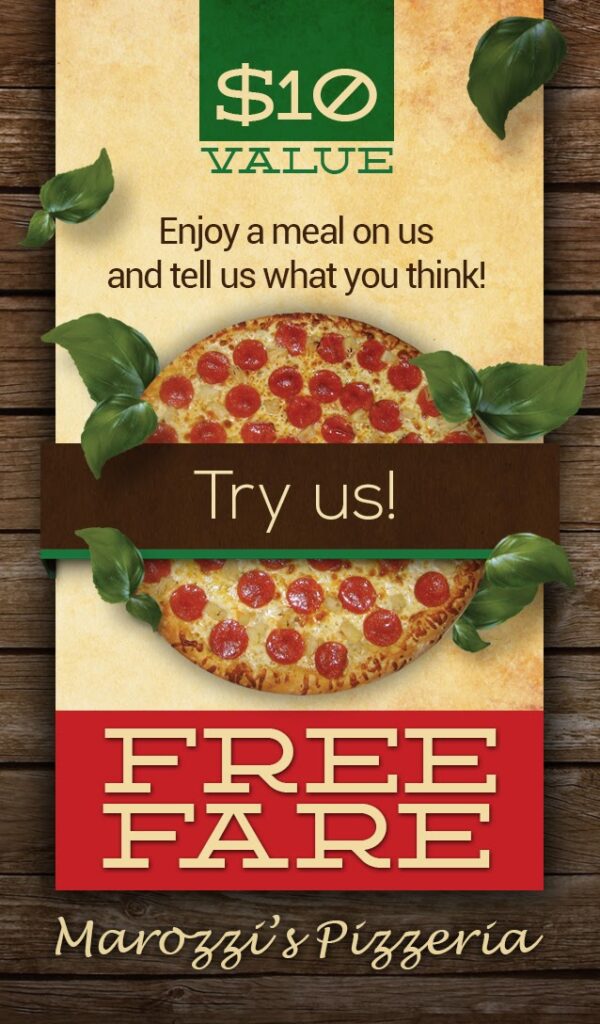
Results:
The redesigned menu resulted in a measurable increase in sales of targeted items, most notably garlic knots. The owner of Marozzi’s specifically noted a significant increase in garlic knot orders. This demonstrated the effectiveness of combining menu engineering principles with objective eye-tracking data to optimize menu design and influence customer behavior. Furthermore, the project successfully secured funding from Pepsi and Peroni, demonstrating the potential for strategic partnerships to offset design and marketing costs. While eye-tracking can seem like an overly scientific approach, the ultimate goal was to create a better user experience…
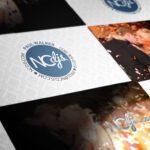
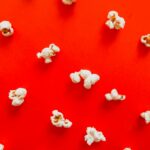
One Comment:
zoritoler imol
March 27, 2025 / at 1:51 am
I’m curious to find out what blog system you are utilizing? I’m having some minor security problems with my latest website and I’d like to find something more secure. Do you have any solutions?